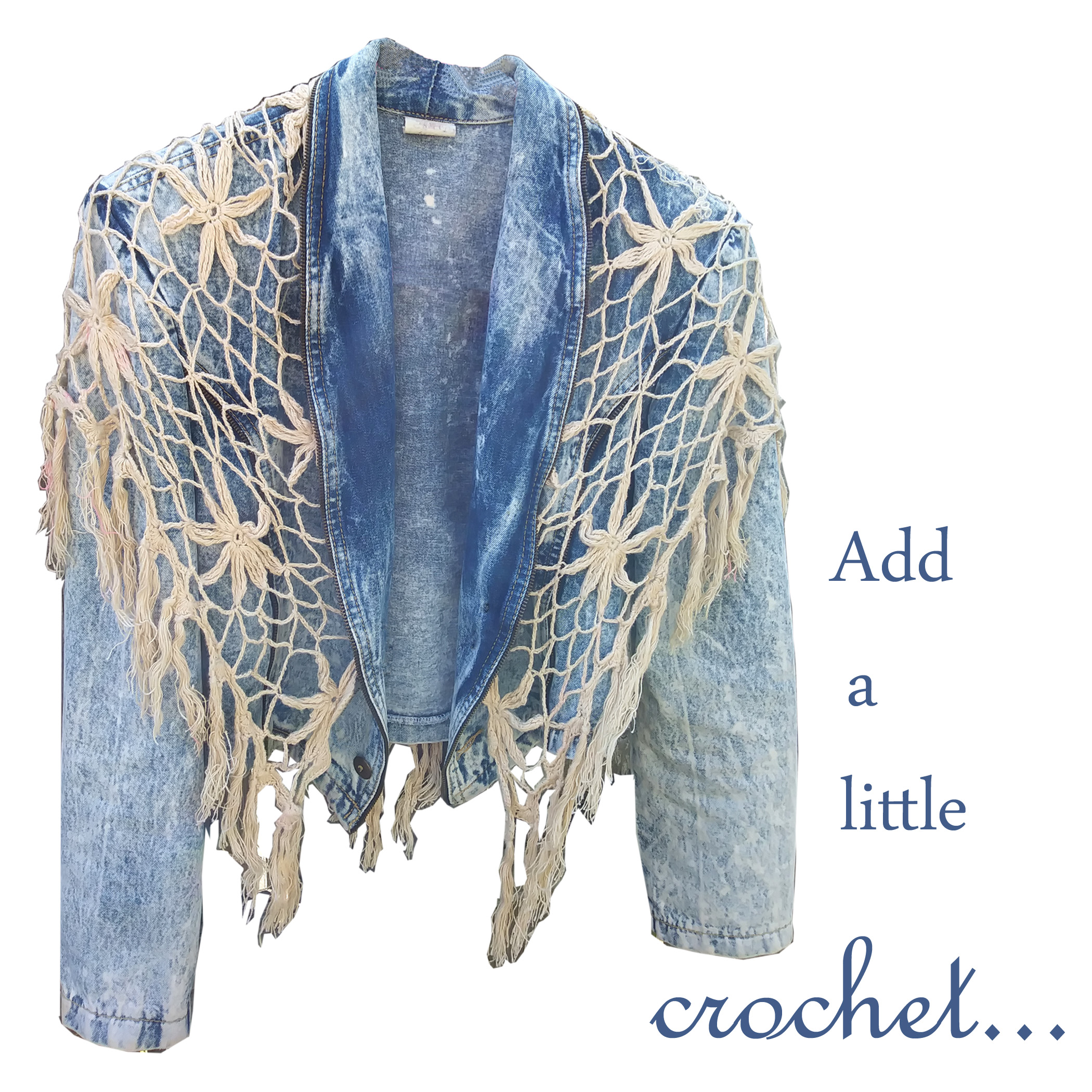
Crochet is a lovely artistic expression of fancy.
Including bits of crochet to anything adds charm and a bit of “Bohemianism” to any outfit. It brings a touch of whimsy to otherwise “normal” clothes.
Today I’m sharing a simple tip that maybe you hadn’t thought of before.
But, first, since I enjoyed learning a bit about the origins of my fave styles, I thought y’all might also like this…

A Brief Look at the Origin of Boho Chic/ Bohemian and Gypsy Styles
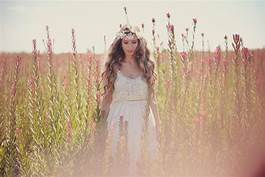
Boho is an abbreviation of “Bohemian homeless,” according to Wikipedia; chic means stylish.
Origins of this style are quite interesting: Contrary to some popular belief, the so-called Boho chic style was not invented by the beatniks of the 1950s to mid-’60s nor the hippies of the late ’60s/ early ’70s! But, it apparently was reprised in this time of freedom of expression.
“Bohemian style has, for over 200 years, been an exotic alternative to the accepted fashions of a given period,” wrote Delores Monet in her article of July 2017, Boho—Fashion History and Bohemian Style.
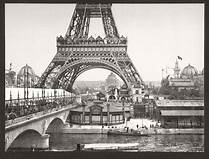
One usually associates this type of dress with artists, writers and intellectuals.
It incorporates aspects of
historical dress and ethnic styles, she said.
“Bohemian style consists of loose, colorful clothing and has been known as boho chic, hippie style, and Aesthetic dress,” she wrote.
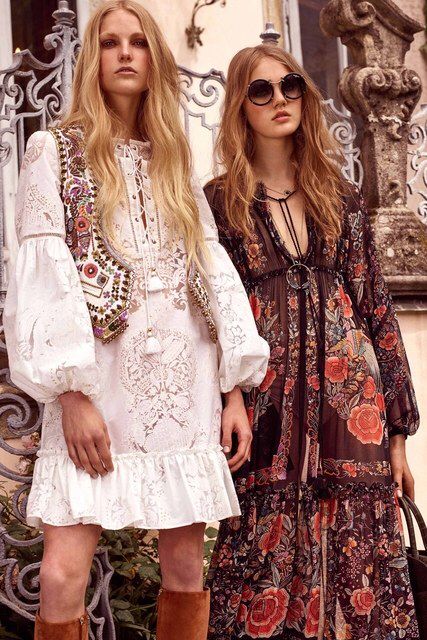
“With their long flowing hair and rich, though threadbare fabrics, bohemians stand out in a crowd representing a colorful counterculture based on creativity, poverty, and an indifference to social structures and traditions.”
She also said that—as I read in other places, too—the counterculture of Bohemians began to be seen in 19th-century France after the end of the French Revolution in 1799, when artists, no longer supported by the wealthy, took to nomadic life, living as cheaply as possible, thereby dressing in unfashionable used clothing.
The term Bohemian was first used during that time in France due to an inpouring of gypsies believed to have been traveling from Bohemia in the Czech Republic.according to wiseGEEK in their article, What is a Bohemian? The label soon referred to a general lifestyle rather than a nationality.

The ideals of this subcoulture resurfaced in 1950s and ’60s U.S.

during the Beat Generation and Hippie movements.
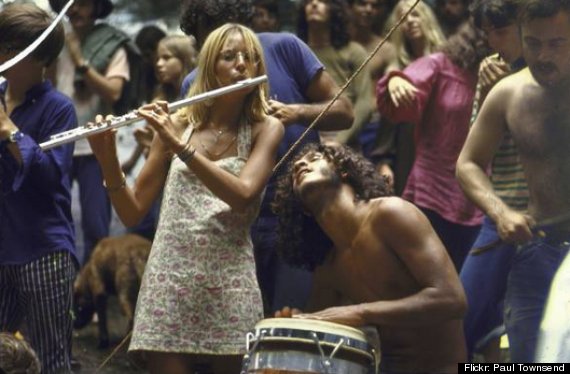
I also wrote a short piece on Gypsies in a previous post.
The history of the gypsies takes the origins of this style a “bit” farther back: Evidence suggests that these Romani/ Romany or Roma people (gypsies) are descendants of groups from northern India. They started migrating out of that area about 1500 years ago, according to 10 Things You Need To Know About Gypsies and Travellers.
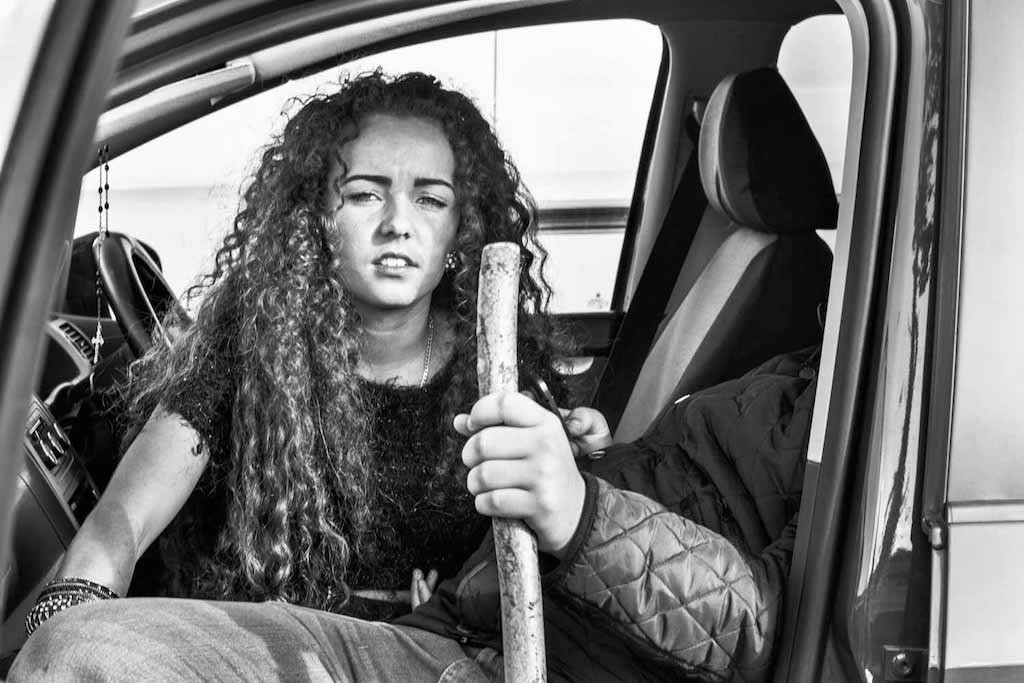
(Travellers are mainly of Irish origin. Both have a nomadic lifestyle but are separate ethnic groups.)
The article stated that one theory as to why the Romani left
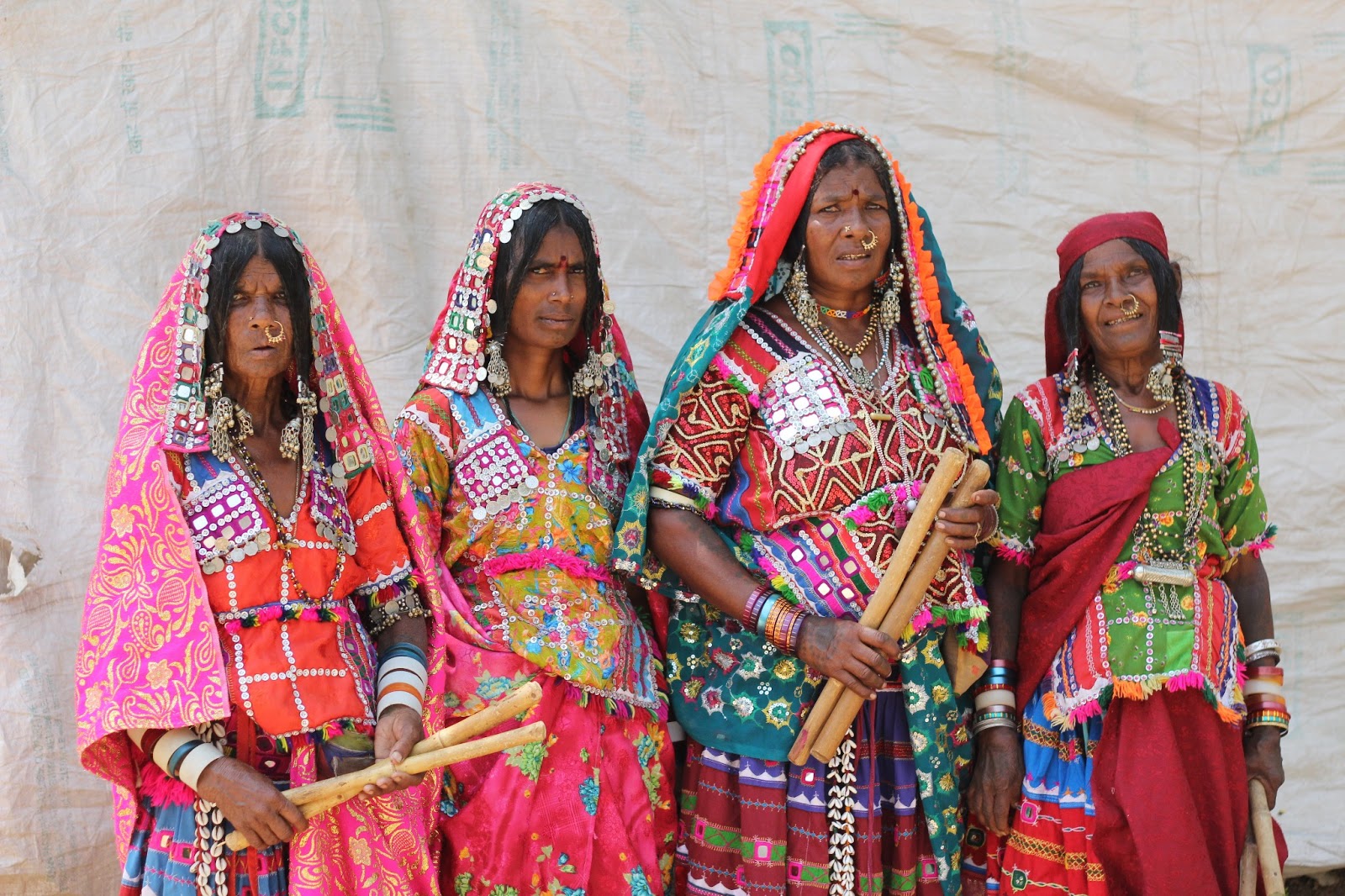
their native India was due to the Muslim army either enslaving them or forcing them away from their homes into exile. It said that another fascinating legend describes that they may be descendants of the lost city of Atlantis.
But, why are the Romani people called “Gypsies?” In an article called Who are Gypsies? by wiseGEEK, it said they were often mistakenly thought to have come from Egypt because of their dark complexions. They called them “gypcian,” a shortened form of the Middle English “Egypcien.” Through time, it was shortened to “gypsy.”
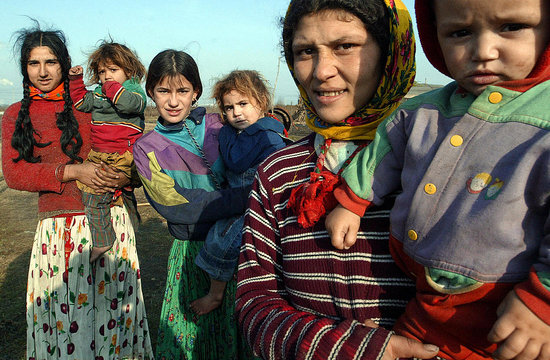
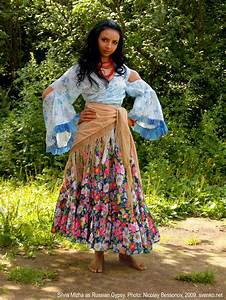
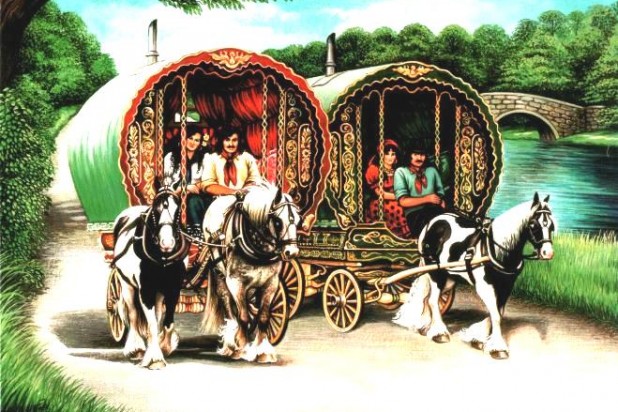
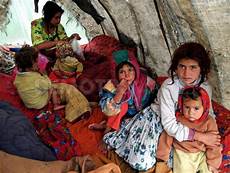
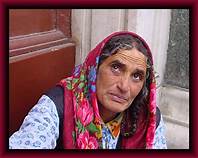
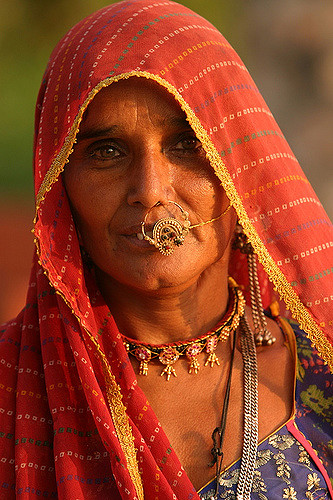
In his article of August, 2011, Traveling Within the World: A Basic Guide to Period Gypsy Costuming for Renaissance, Rev. Allen M. Drago, a self-named “traveler,” addresses the proper costuming for a Renaissance Faire:
“We are a wandering, freewheeling people who are the most widely traveled group in a fairly isolated and insular Europe. Because we are so far from ‘home’ we seem quite exotic in comparison to other characters. Our costuming, especially, reflects this.”
He wrote that vibrant colors play a noticeable role in their dress. Since they are so well traveled to many distant lands, they learned how to make many of the native dyes.
The Romani also use jewelry and accessories extravagantly, such as, amulets, beads, strands of bells, exotic earrings, rings, bracelets anklets, sashes (more than belts), shawls, and sandals. Many braid their hair.
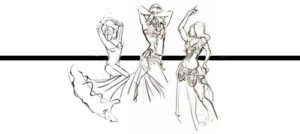
So, we modern-day “Bohemians”—who, in most cases, I think, are such in name only because we don’t actually live that lifestyle—are validated in our need/ choice to be frugal in our quest to be artsy and original dressers, just as the artists and writers of that time.
If the 19th-century Parisiennes had had thrift shops, I’m sure the Bohemians would’ve found their secondhand togs there.
We are wooed by our love for the style of dress and the romance of the lifestyle.
And, like the Romani, we love being extravagant in our use of jewelry, sashes and shawls,and sandals, wearing the richly exotic and colorful fabrics of India.
But, as for me and my blog, just as the term Bohemian indicates, I want to
be free of any restraints and regulations on my style of dress—even those set forth by the current rage of Boho chic, or the style of the French Bohemians and Gypsies.
I’ll go with the definition of “unconventional.”
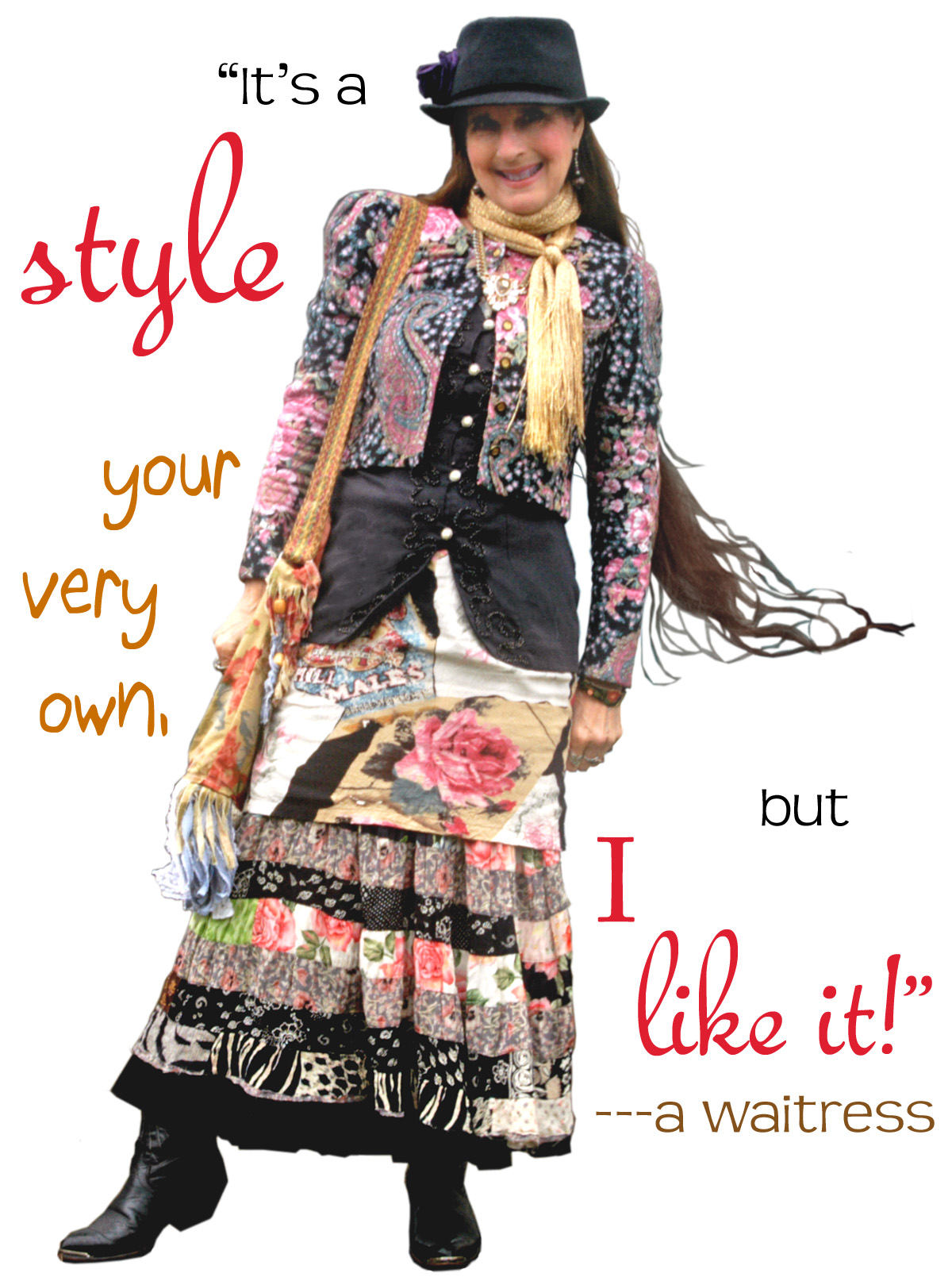
Whether the Bohemian style keeps going, I will continue to dress as I please—mixing fashions and cultures: combining East Indian with Western Indian, lace with cowboy boots, 1940s vintage hats with whatever, making it all into my own style.
Suiting one’s own personality is what I preach!
Create Your Own Style!
![]()
My Tip:
Crochet is a lovely artistic expression of fancy.
Including bits of crochet to anything adds charm and a bit of “Bohemianism” to any outfit. It brings a touch of whimsy to otherwise “normal” clothes.
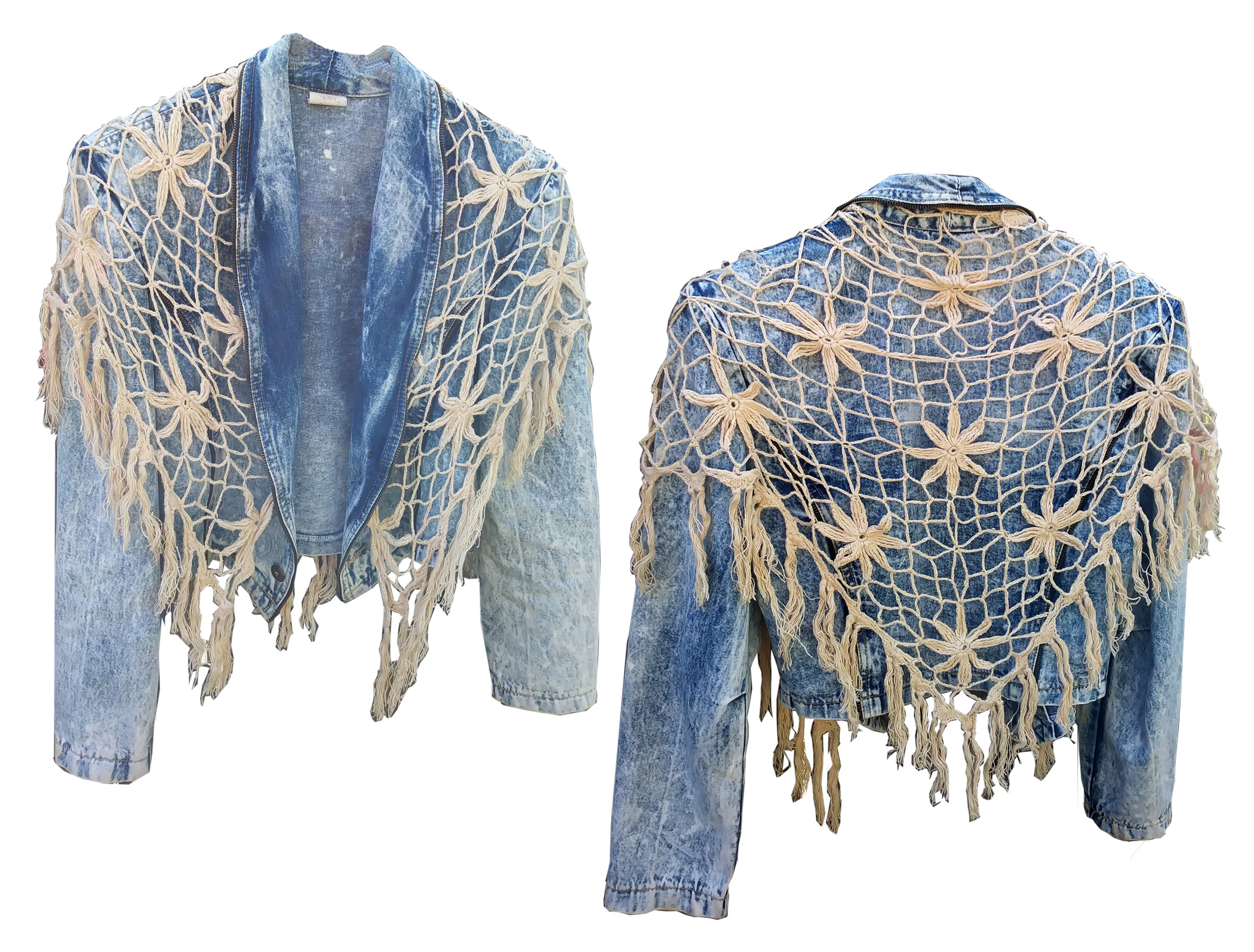
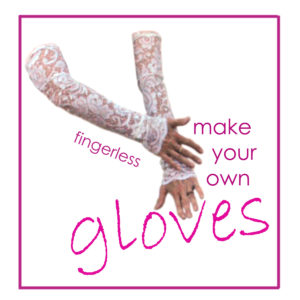
My suggestion is: Find a crocheted shawl and wear it over a jacket—either sewn onto, or just draped over your shoulders. You can hold it in place using several vintage pins.
A crocheted shawl is also good as a sash tied around your hips.
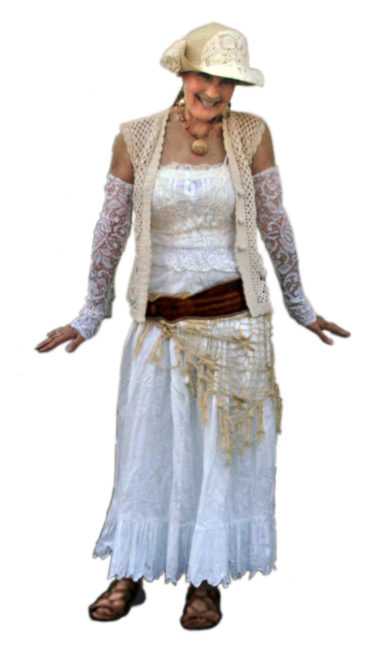

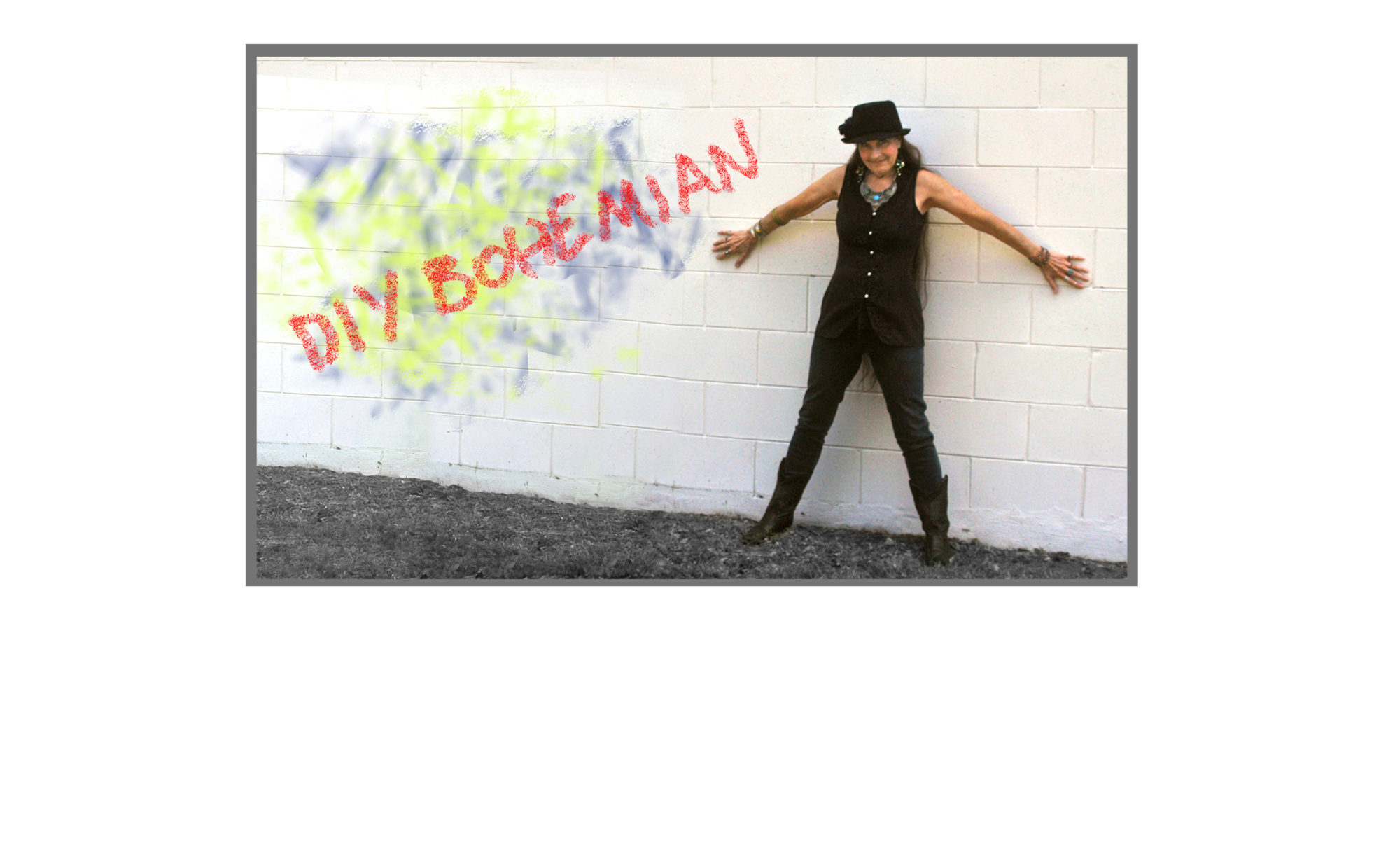

One Reply to “Add a Little Crochet…”